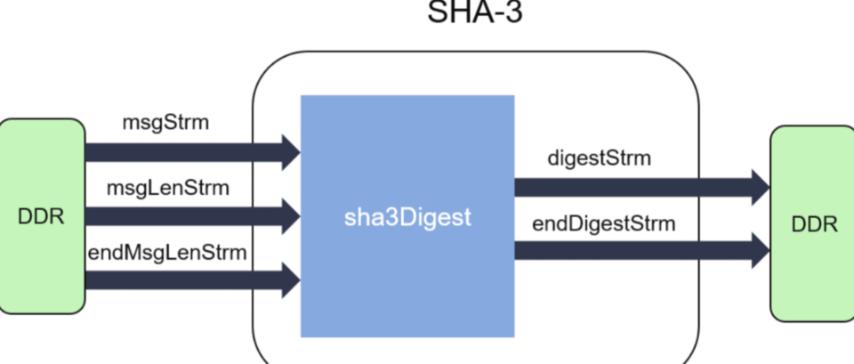
Understanding the SHA-3/384 Generator: Advanced Hashing for Modern Security
Created on 4 October, 2025 • Generator Tools • 20 views • 2 minutes read
The SHA-3/384 generator represents a new standard in cryptographic security.
In the world of digital security, cryptographic hashing algorithms are the backbone of data integrity and authentication. One of the most reliable and modern hashing tools available today is the SHA-3/384 generator. As part of the SHA-3 family, this algorithm provides a powerful blend of high security and performance. It is designed to protect sensitive data from tampering, making it ideal for use in cybersecurity, blockchain, and secure communications.
What Is a SHA-3/384 Generator?
A SHA-3/384 generator is a cryptographic tool that transforms any given input—such as a password, file, or string of text—into a fixed-length, 384-bit (48-byte) hash value. It belongs to the SHA-3 (Secure Hash Algorithm 3) family, which is based on the Keccak algorithm, a revolutionary design chosen by NIST (National Institute of Standards and Technology) to replace the older SHA-2 algorithms.
Unlike traditional hash functions that use the Merkle–Damgård structure, SHA-3/384 employs a sponge construction. This design allows it to absorb input data and squeeze out a fixed-size hash in a highly secure and flexible manner. As a result, SHA-3/384 offers greater protection against many modern cryptographic attacks, including collision and length extension attacks.
Why Use a SHA-3/384 Generator?
1. Enhanced Security Against Modern Threats
SHA-3/384 provides a high level of resistance to advanced cryptographic attacks. It was developed as a response to potential vulnerabilities in previous algorithms, ensuring long-term security even as computing power increases. Its 384-bit hash output makes it significantly more secure than SHA-256 and suitable for highly sensitive applications such as encryption systems, digital certificates, and authentication protocols.
2. Built on the Keccak Sponge Algorithm
The SHA-3 family, including SHA-3/384, is built on the Keccak sponge function, which is fundamentally different from SHA-2. This structure allows the algorithm to be both simple and robust, providing flexibility in output size and offering excellent diffusion (where small input changes result in large differences in output).
3. Reliable for Data Integrity and Verification
A SHA-3/384 generator ensures that data remains unaltered during transmission or storage. Any slight modification in the original data—whether intentional or accidental—will produce a completely different hash. This makes it a trusted method for verifying file integrity, authenticating users, and detecting unauthorized changes in digital records.
4. Optimized for Future Security Applications
As technology continues to evolve, SHA-3/384 is well-prepared for integration into advanced systems like blockchain, Internet of Things (IoT), and next-generation encryption platforms. It offers strong protection while maintaining efficiency, even when handling large datasets or complex operations.
How to Use a SHA-3/384 Generator
Using a SHA-3/384 generator is simple:
- Enter your input data — this can be a password, message, or file.
- Run the generator — it processes the input through the SHA-3/384 algorithm.
- Get your 384-bit hash result — a unique, irreversible, and secure digital fingerprint.
You can find many online SHA-3/384 generators or implement one in programming languages like Python (hashlib), JavaScript, or C++.
Conclusion
The SHA-3/384 generator represents a new standard in cryptographic security. With its advanced Keccak-based structure, it provides exceptional protection against emerging digital threats while maintaining high performance. Whether used for password protection, digital signatures, or verifying data integrity, SHA-3/384 ensures that your information remains secure, reliable, and future-ready in today’s fast-moving digital world.